#residential architecture
Text
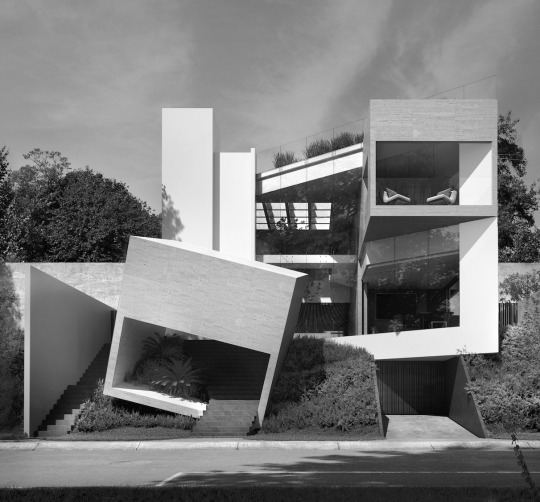
Lassala + Orozco Architecture Workshop
Casa CC, Jalisco, México
#lassala + orozco#lassala + orozco architecture workshop#architecture#residential architecture#deconstructivism#contemporary architecture#architectural design#design#house design#dezeen#archdaily#architizer#facade
180 notes
·
View notes
Photo

Tadao Ando / 4 X 4 House
ph pedro smithson / flickr
272 notes
·
View notes
Photo
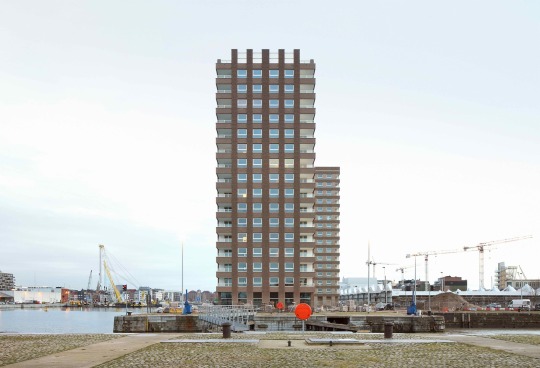




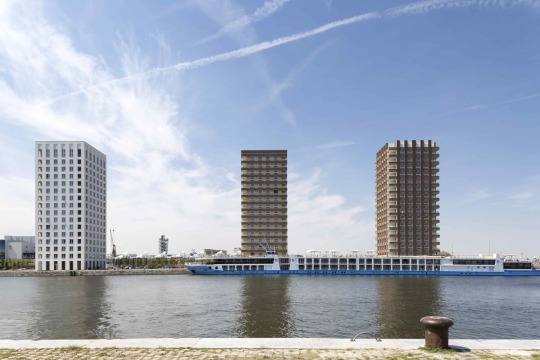

Westkaai Towers 5 & 6, Antwerp - Tony Fretton
https://www.tonyfretton.com
#Tony Fretton#architecture#building#design#towers#tower block#residential architecture#apartments#flats#cool architecture#waterfront#views#balconies#brick#brick architecture#antwerp#belgium#facade#harbour#urban
74 notes
·
View notes
Text


imagine living here
#vsco#iphonography#toronto#victorian house#architektura#architecture#residential architecture#vscocam#Victorian#vscotoronto#canada#facade#red brick
363 notes
·
View notes
Text
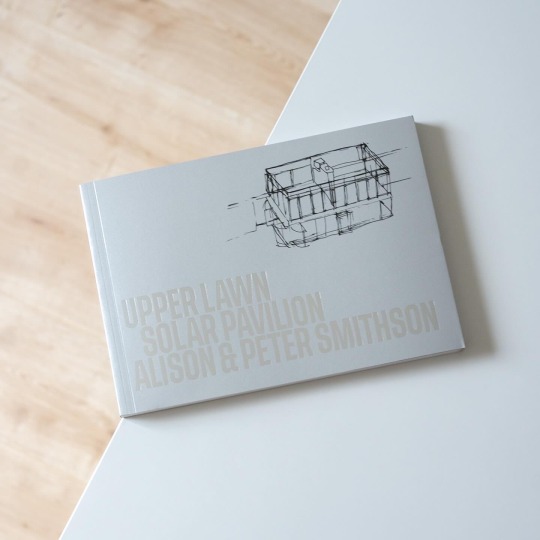
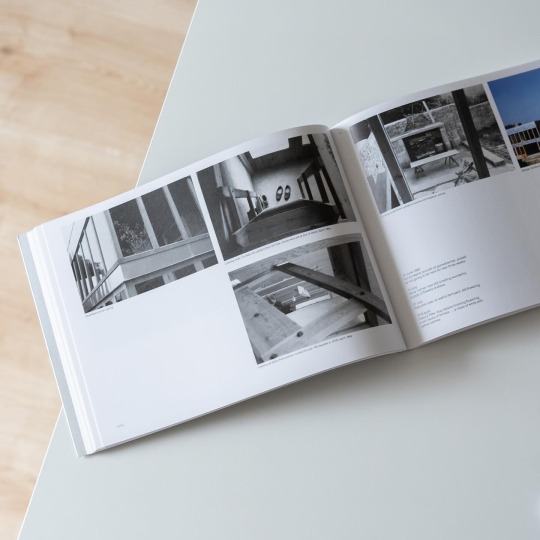
A central position in both life and work of Alison and Peter Smithson held the so-called Upper Lawn Pavilion located on Fonthill Estate in Wiltshire, England: beginning in 1958 the couple turned a derelict cottage into their young family’s country home and a testing ground for their architectural ideas which in turn would be applied in later large-scale projects.
In 1986 Alison Smithson sat down with fellow architect Enric Miralles to make a little book about the house called „Upper Lawn, Solar Pavilion“. It documented the building’s construction process and the consecutive family life in and around it. In photos, diary entries and references Smithson reflects on the pavilion’s qualities and the learnings she gained from living in it together with her husband, three children and a cat named Snuff.
One of these learnings is the submitting to the seasons as they pass by and to embrace the melancholy that comes with it, an aspect of life that is also documented in the many photos included. Another climate related learning was the necessity of being able to open the house „at a touch as Japanese screens indeed are“ as Alison Smithson remarked against the background of the particular wind situation at Fronthill Estate and a negative experience made during a visit to Alvar Aalto’s Maison Carré. A second architectural icon that in this instance serves as a positive reference is the example of Mies van der Rohe’s and Lilly Reich’s Barcelona Pavilion: as a manifestation of an architectural idea and a place of withdrawal it had a great influence on the Smithsons in designing their pavilion as they developed it in a stem lineage started by Mies and Reich.
The little book by AS and Miralles has recently been reissued in a significantly extended edition by Mack Books that adds materials from the Smithson archive as well as an introductory essays by Paul Clarke who shares his own impressions of the pavilion. Through the very personal perspective on this influential building one really grasps its importance and key position in the Smithsons’ oeuvre. In my opinion a must-have book to enter the architects’ cosmos!
#alison smithson#peter smithson#architecture book#residential architecture#architectural history#architecture#england#monograph#book
25 notes
·
View notes
Photo



‘Bamboo Contemporary’ Spotlights 14 Designs Advancing Sustainable Architecture Around the World
418 notes
·
View notes
Text
32 notes
·
View notes
Text

Prefab Aluminum House, First of it's Kind
In 1947, the George F. Cook Construction Co. erected an aluminum prefab house at the corner of Blaisdell Ave. and W 73rd St. in Richfield. The house, manufactured by Butler Manufacturing Co. of Galesburg, Illinois, was the second of its kind in the nation (the first being in Kansas City, Missouri). Its outside walls, one side of partitions, and ceiling were all made of aluminum and a breezeway connected the house with the garage. The aluminum house opened for public tours for one week, and then was held for a veteran-employee of the Butler Manufacturing Company's St. Paul office, who was to make regular reports to the company on its practicality for Minnesota climate. It was built to sell at around $10,000, which is about $142,000 in today's dollars. Today, the house still stands. Check it out on Google Maps.
The first of the better known Lustron (all steel) homes would be built in the state two years later, in 1949.
Photo from the Minneapolis Newspaper Photograph Collection in the Hennepin County Library Digital Collections.
#Minneapolis#Minnesota#Richfield#houses#aluminum houses#residential architecture#architecture#metal#1940s
13 notes
·
View notes
Photo

The Helical Pearl House / A3 Projects + Arch Cubic
2 notes
·
View notes
Photo


two photographs of Chicago’s Marina City as published in the June 1967 issue of National Geographic magazine. The apartments are pie-shaped residences and the lower 20 floors were designed for mixed commercial use and for parking
#chicago#architecture#residential architecture#chicago school#marina city#1967#national geographic#dancers#formfollowsfunction
26 notes
·
View notes
Text

#photography#street photography#street#nikon#nikon photography#parisian#paris#urbanlife#urban life#urban photography#urban landscape#urban#arcitecture#contemporary architecture#residential#modern architecture#residential area#residential architects#residential architecture
2 notes
·
View notes
Text
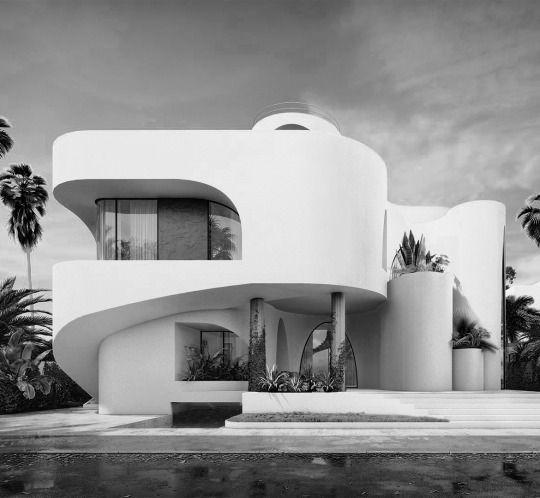
Team Group
Solo Villa, 2022
#team group#architecture#residential architecture#architectural design#design#dezeen#architizer#archdaily#house design#facade#contemporary architecture
106 notes
·
View notes
Text

Tan Yamanouchi & AWGL
house & studio for a manga artist, Tokyo
45 notes
·
View notes
Text
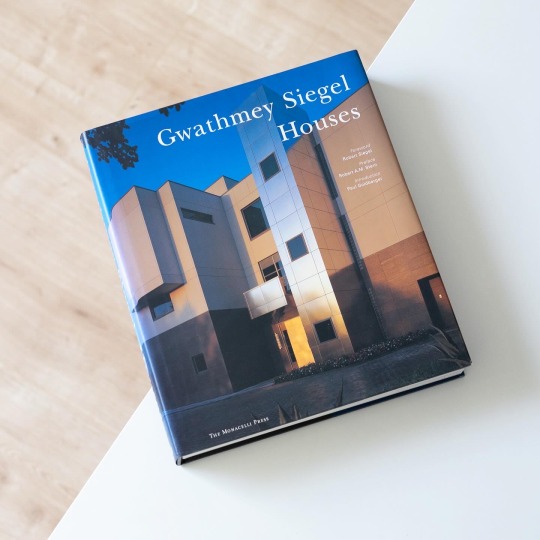

The career of Charles Gwathmey started with a house, even before he was a licensed architect: in 1965 he realized a studio/house for his parents, painter Robert and photographer Rosalie Gwathmey, in Amagensett, NY, that won the Yale graduate wide recognition and even appeared as an example on his licensing exam. Gwathmey had spent the years after his graduation in 1962 first in Paris with Candilis Josic Woods and then in New York with George Nemeny Architects as well as Edward Larrabee Barnes until he went into partnership with Richard Henderson. In 1968 Robert Siegel joined the partnership that in 1970 became Gwathmey Siegel & Associates after the departure of Henderson.
For Gwathmey the house always remained the point of departure for all other building types and accordingly it also occupied a central position in his oeuvre, even though prestigious projects like the 1992 addition to Frank Lloyd Wright’s New York Guggenheim Museum or the Morgan Stanley Building also in New York added a whole different dimension to his firm’s commissions.
In 2000 Monacelli Press published „Gwathmey Siegel Houses“, a comprehensive monograph presenting 22 houses and residences realized between 1965 and 1993. What immediately strikes the eye is Gwathmey’s preference for basic geometric figures that he obviously shared with another architect of the „New York Five“, namely Richard Meier. But in contrast to the latter Gwathmey experimented with different materials, textures and thus colors that gave his designs a greater degree of variety. These characteristics can be studied in great detail in the book as each project is presented in extensive photo spreads as well as plans and sections, features that aren’t too common in large-size coffee table books like the present one undoubtedly is.
16 notes
·
View notes
Text

Hut on the Okavango
Birds and Water
The Okavango Delta (Botswana) is a context that is ever-changing. The delta presents a spectacle on itself due to the constant movement of water (11 km³ / yr) through the inland delta. The yearly flooding of the delta dictates the movement of all life forms within and around the Okavango. The delta region is home to over 400 different bird species, one of the most in the world, and the presence of elephants, wild cats, and numerous other flora and fauna is a common sight.
instagram.com/design_precedent
Design-
Precedent
© All rights reserved.
#architecture#design#urbanarchitecture#Urbandesign#biophilia#airpurifier#towerdesign#visualization#architecturevisualization#rendering#rammed earth#architectural matrerial#rammed earth architecture#residential architecture#primitive hut#primitive#gable#A frame#botswana#okavangao#bamboo architecture#reeds
12 notes
·
View notes
Text
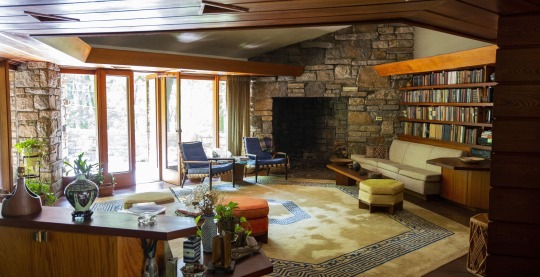
13 notes
·
View notes